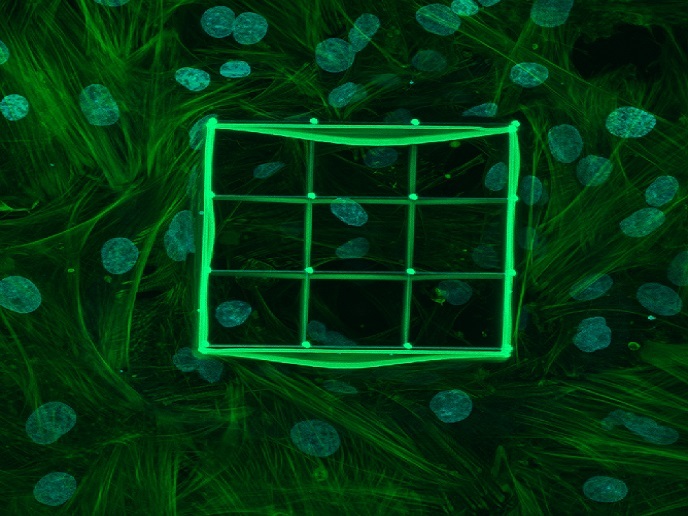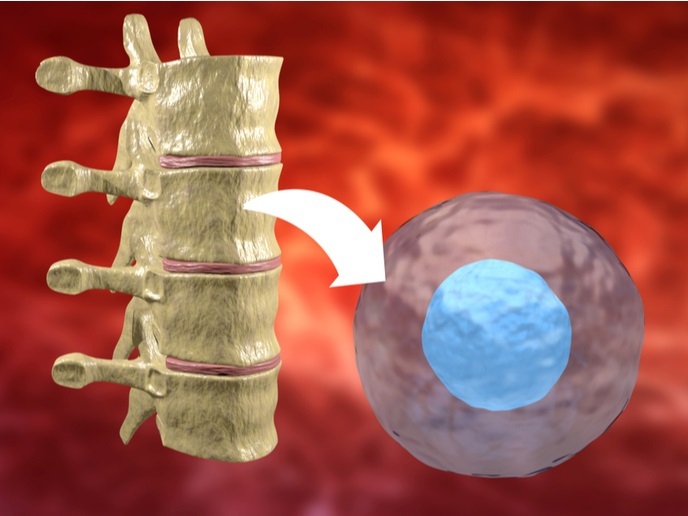Stem cells for the injured heart
Following myocardial infarction, the reduced contractability and vascularisation of the damaged heart hamper its ability to regenerate and often exacerbate the affected area. To promote tissue repair, the EU-funded 'Therapy after heart infarct: Prevention of reperfusion injury and repair by stem cell transfer' (INFARCT CELL THERAPY) project proposed therapeutic approaches using various stem and progenitor cell populations. These strategies are outlined at http://www.infarctcelltherapy.eu/(opens in new window) online. Project objectives were to study potential regulatory factors that promote cardiac stem cell release and cardiomuscular growth, and to use scaffolds to deliver different types of stem cells to the heart. For this purpose, a unique artificial scaffold material was used that, apart from structural support, facilitated the slow release of growth factors. The consortium explored the use of various sources of stem/progenitor cells from bone marrow, adult and cord blood, adipose tissue and heart tissue itself. Cultured, differentiated cells from mouse embryo stem cells and pluripotent cells derived from human cells were also put to the test. They also genetically modified these cells to improve their differentiation and repair capacity. Transplantation of circulating endothelial progenitors – endothelial colony forming cells and blood outgrowth endothelial cells (ECFCs/BOECs respectively) in a porcine model of myocardial ischaemia led to successful engraftment, neovascularisation and improved perfusion. This promising finding prompted members of the consortium to propose the use of ECFCs in combination with other therapies in a clinical trial of patients with myocardial infarction. Stem cells from the bone marrow or adipose tissue and ex vivo-generated cardiomyocytes also showed a beneficial effect on cardiac function and using cells with collagen-based membranes improved engraftment. For heart repair, heart fat cells provide the best source of stem cells and together with the administration of alginate-based biomaterials and growth factors, showed improved cell survival. Clinical trials with labeled mesenchymal stem cells are expected to unveil the fate of these cells once injected in the infarcted myocardium. Collectively, the project's thorough investigation of different therapeutic approaches for cardiac ischaemia led to the identification of combinations of cell types and growth factors that could prove beneficial for patients. Although clinical validation of the proposed strategies is pending, INFARCT CELL THERAPY members envision putting regenerative medicine for the heart into practice.







